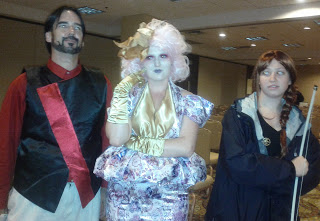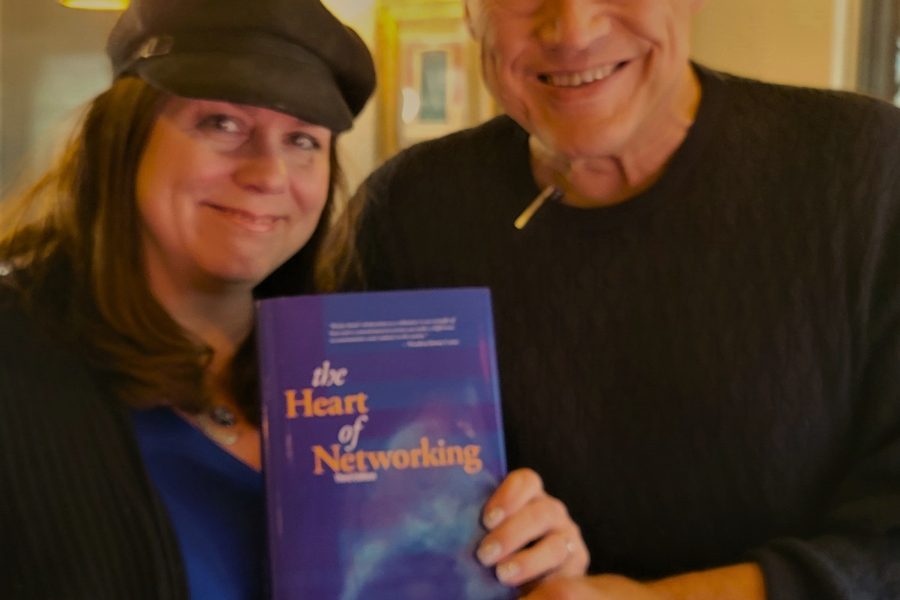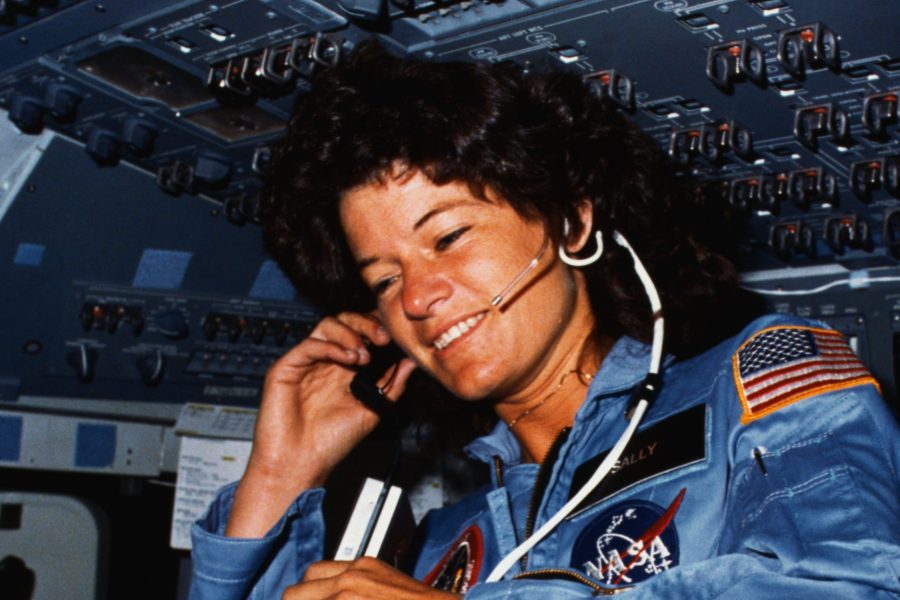 |
| Jennifer Lawrence as Katniss in THE HUNGER GAMES. Photo credit: Murray Close |
Watching “The Hunger Games” on DVD this weekend made me think where I was one week ago — attending DragonCon, the world’s largest fantasy/SF convention held every Labor Day in Atlanta.
One of the more interesting panels I attended was a spirited debate among Young Adult (YA) authors, including C.J. Redwine, M.B. Wilson, Leah Wilson, Diana Peterfreund and Mel Pichetto, who explored how well Suzanne Collins’ bestselling trilogy translated from book to screen.
The movie was helped by Collins’ close collaboration with director Gary Ross on the screenplay. However, filmmakers always must make tough choices when condensing multi-layered stories rich with characters and back story into a two-hour movie. It’s a process that often brings angst to fans of well-loved books, and “The Hunger Games” was no exception.
 |
| “Hunger Games” fans in costume at DragonCon YA panel. |
The book and film open on the morning of the “Reaping” – when the story’s heroine, 16-year-old Katniss of District 12, prepares for the lottery that every teenager living in the 12 districts of Panem must enter. The oppressive government, embodied as the “Capitol,” requires an adolescent boy and girl from each of the districts to serve as tributes for their districts in a televised gladiator battle where only one can emerge victor. The Capitol requires this sacrifice as a reminder of the districts’ rebellion 74 years earlier (the districts are actually remnants of the U.S.).
The story’s heroine comes from the poorest of the districts known for coal mining. After losing her father in a mine explosion, Katniss masters hunting with a bow and arrow to help keep her little sister Prim and her emotionally damaged mother from starving. Her hunting companion is her childhood friend Gale, who also lost his dad and must hunt to keep his family alive. Katniss becomes the first tribute to volunteer when she steps up to take her younger sister’s place at the games.
Most of the panelists agreed that the world building — from the impoverished districts to the glittery Capitol — was well done. The movie was filmed entirely in North Carolina, with settings that included both a dense forest and a town that stood in for District 12.
Collins said that she first imagined the book while channel-surfing one evening between a reality TV show and footage of the invasion of Iraq. The two “began to blur in this very unsettling way” and the idea for the book was formed, she recalled in a 2010 interview in Publisher’s Weekly.
 |
| YA authors discuss “Hunger Games” during DragonCon. |
“The Hunger Games” tackles a number of themes, from severe poverty and starvation, to oppression and the effects of war. The characters in the story face difficult moral questions in their quest for self-preservation.
“This was an oppressive society at the beginning of a revolution,” noted Redwine, who was particularly impressed with the 80s influence in the Capitol, from the clothing to the lavish furnishings inside the apartments that housed the tributes. “I thought it was a nice gesture to the excess of the 80s,” she said.
A few panelists indicated that they would have liked to seen more focus on food, given the undercurrent of hunger, especially in the poorer outlier districts. During the Q and A, an audience member said her bakery (Amélie’s based in Charlotte) actually catered the food for the crew, and that they didn’t realize until the film was released that their pastries and other delicacies were used as “food shots” on both the train and in the Capitol.
I agreed with many of the points made by YA writers, including the cinematography and the behind-the-scenes shots of the technology-savvy gamekeepers. They at times showed an appalling lack of humanity toward the tributes as they introduced new obstacles for the teens to overcome in their fight for survival. Case in point: the gamekeepers’ introduction of a pack of vicious mutated dogs called muttations into the arena for the final battle. In the book, Collins describes how the eyes of the dead tributes are superimposed on the mutts’ eyes — a ghastly detail that adds to the psychological warfare of the story. This detail didn’t make it into the film, to the disappointment of the panelists.
“‘The Hunger Games’ offers a lot of lessons,” said Pichetto, assistant YA programming director for DragonCon. “The portrayal of post-traumatic stress disorder is incredibly accurate.”
 |
| Cato, male tribute from District 2. |
That damage was evident in the last battle scene, when both Katniss and her District 12 counterpart, Peeta, find themselves facing the “alpha tribute” Cato. Born on the more prosperous District 2 and trained as a career tribute, Cato had spent his entire life training for this moment. During the games, he delivered as expected, killing other tributes without remorse. But, the audience gets a glimpse into his damaged psyche and his disillusionment in his final moments, when Katniss is pointing an arrow at him and he’s got Peeta in a death grip. Cato states that he only wanted to bring pride to his district, and that all he knew how to do was kill. Interestingly, his speech was not in the book, but was added to the screenplay.
The movie also didn’t explain to viewers the real meaning of the Mockingjay, a critical symbol of rebellion that plays out throughout the trilogy. (If you want to read why this mimicking bird is so symbolic, check out this explanation on Wiki Answers.)
As a work of literature, The Hunger Games offers a refreshing alternative to stories about dystopian societies that could be great fodder for English schoolteachers. Given the popularity of the book by both adult and teenage readers (it’s stayed on the NY Times bestseller list for more than three years since debuting in 2008), I am hopeful that it will find a place in my children’s literature class one day.
“I hope it takes the place of George Orwell’s1984. I’d love to see it become a classic because it is more relevant,” said panelist M.B. Weston.





